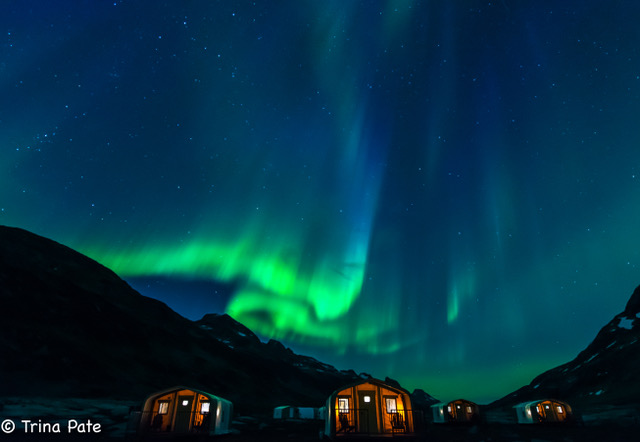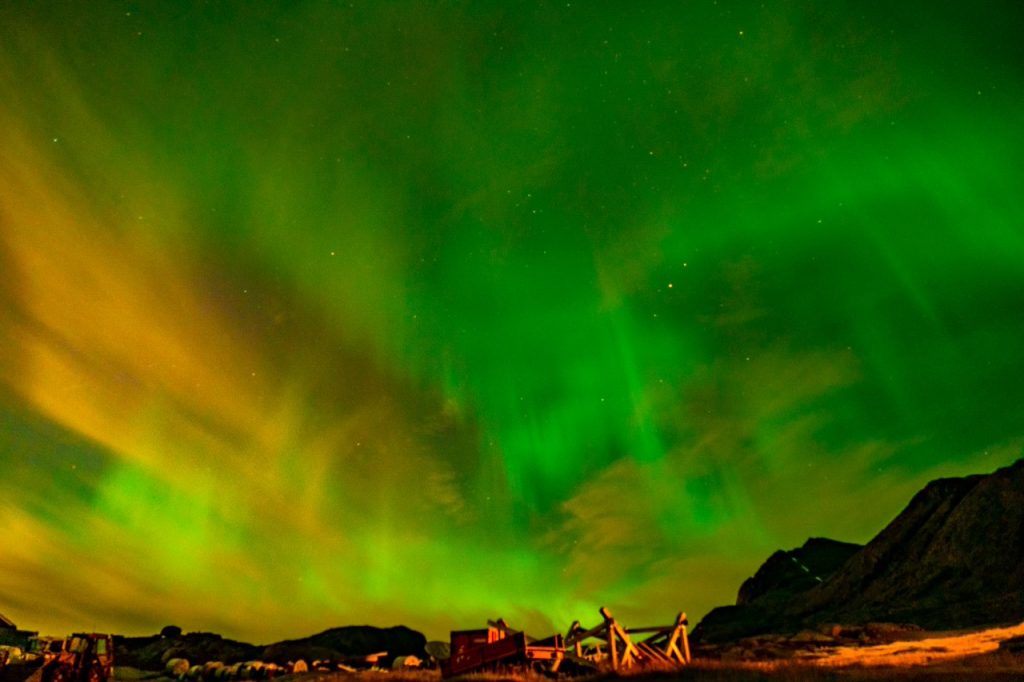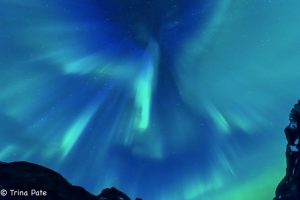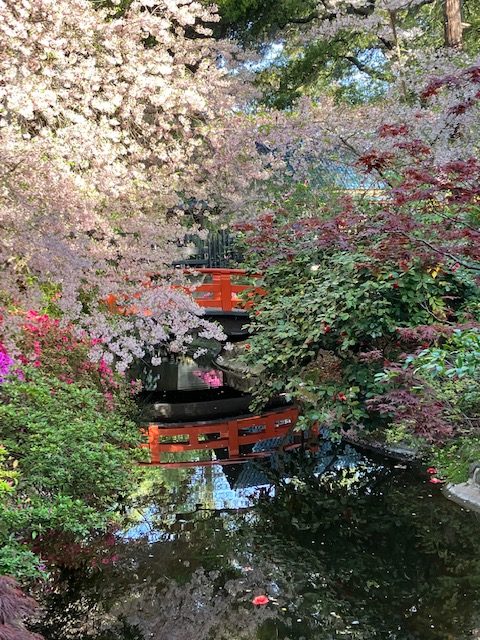
Japanese Garden, Descanso Gardens, La Canada, California, 2023
I wasn’t able to visit Descanso Gardens for the last eight weeks as I recuperated from my right knee replacement. Glad to say, the worst is behind me and I’m walking almost pain-free.
Two weeks ago, I ventured out early to the Gardens when members can get a jump on the crowds.
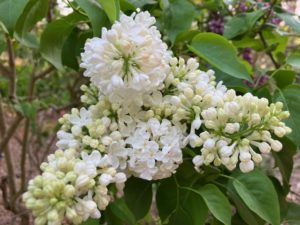
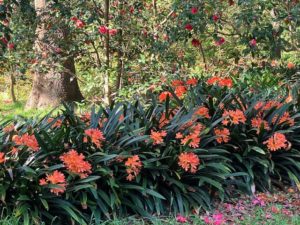

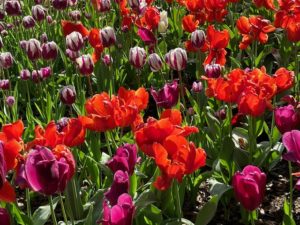
What a beautiful sight it was. The garden was alive with color, foliage and blooming plants. Abundant tulips along the Promenade, fragrant lilacs in the Lilac garden, cherry blossoms surrounding the Japanese Tea House were some of the spring flora. Bright orange Clivia plants formed borders along many walking paths.
The recent rains dropped several Coastal Live Oak trees to their knees in the Ancient F orest. A big loss for the Gardens. Luckily, there are 1,000 plus more Oaks still standing in the 165 acre garden.
orest. A big loss for the Gardens. Luckily, there are 1,000 plus more Oaks still standing in the 165 acre garden.
I felt fortunate that I was back at a place that I love and seeing it at the height of flowering!
So I’m sharing some highlights with you.
Enjoy!
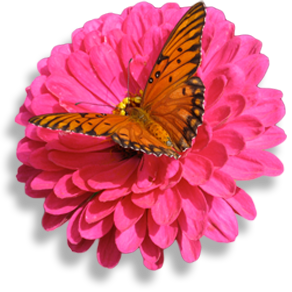
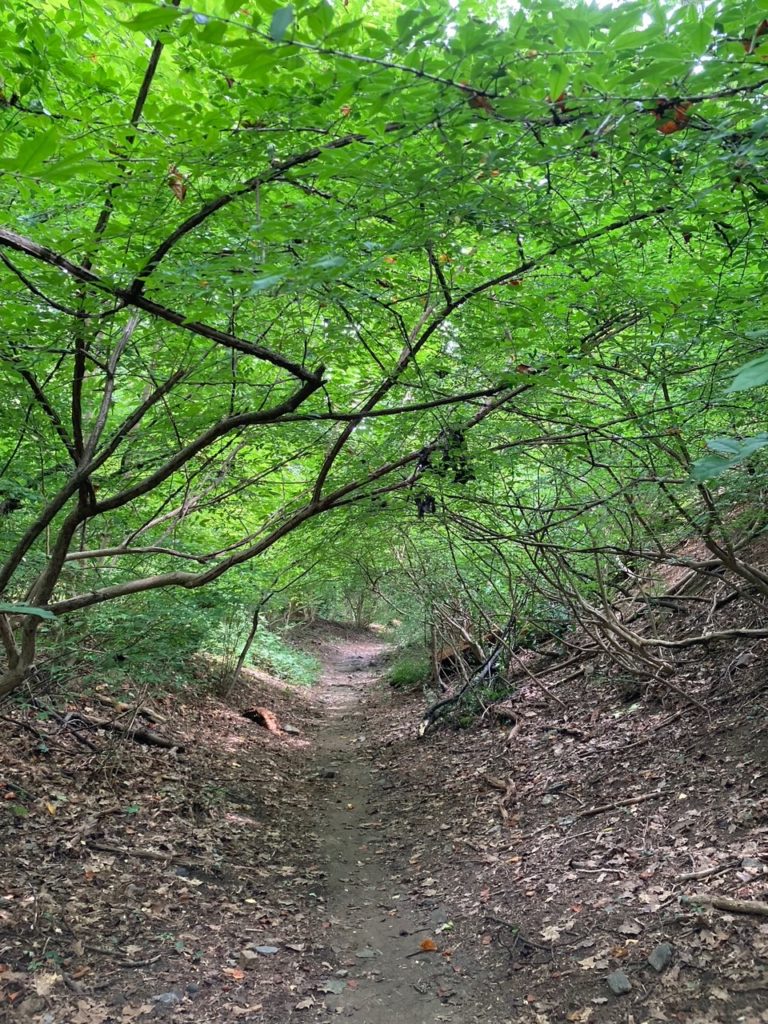
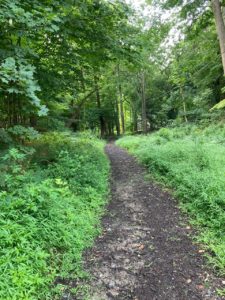
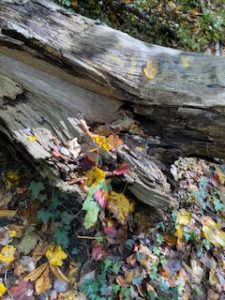
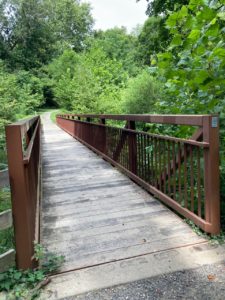 A wooden bridge along the path is a popular spot for people to toss sticks to their dogs into the creek below. The dogs run back and forth between the creek and their owners, tails wagging crazily as they drop the stick for another romp. Dog walkers with 3-4 dogs in tow let their charges off for a refreshing dip. Something about a dog splashing around in water, unaware of anything but the creek and playing is joyful to watch. Not a care in the world!
A wooden bridge along the path is a popular spot for people to toss sticks to their dogs into the creek below. The dogs run back and forth between the creek and their owners, tails wagging crazily as they drop the stick for another romp. Dog walkers with 3-4 dogs in tow let their charges off for a refreshing dip. Something about a dog splashing around in water, unaware of anything but the creek and playing is joyful to watch. Not a care in the world!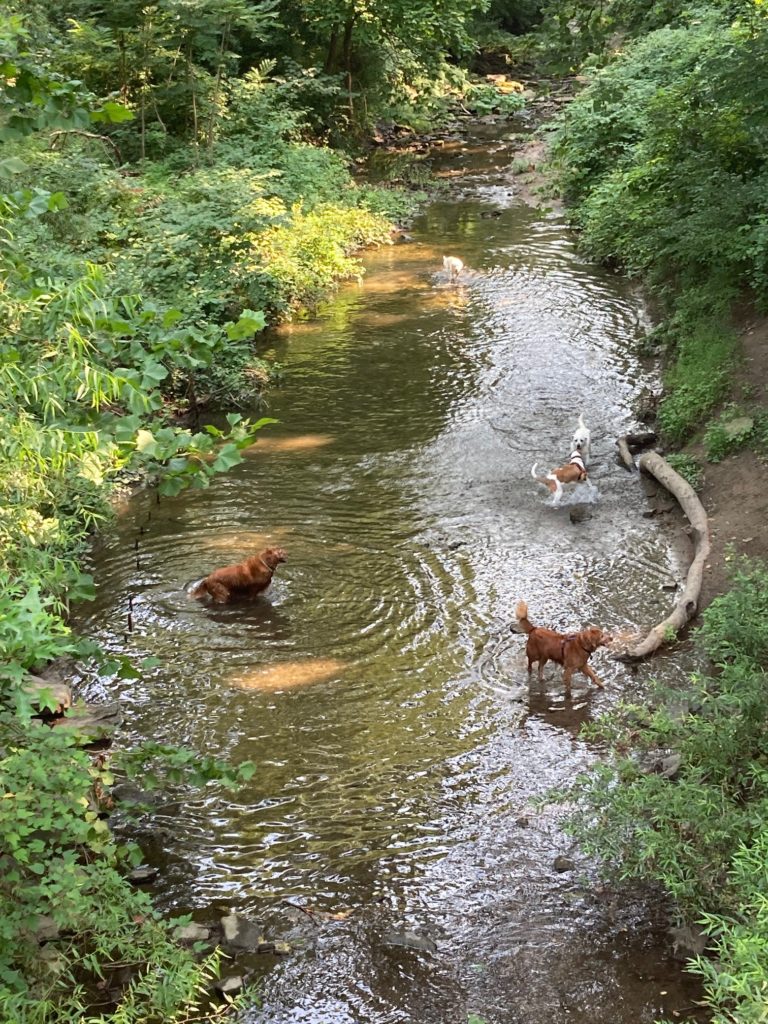
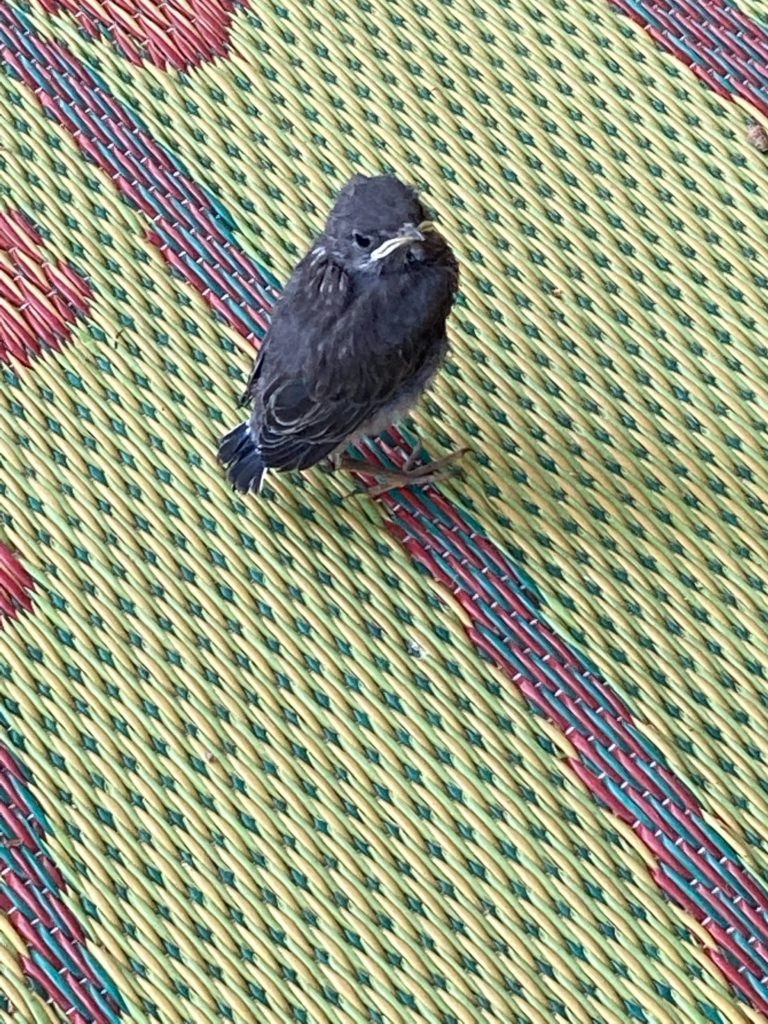
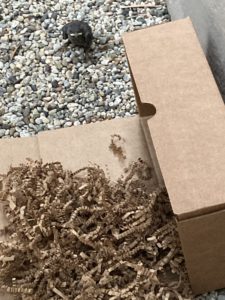
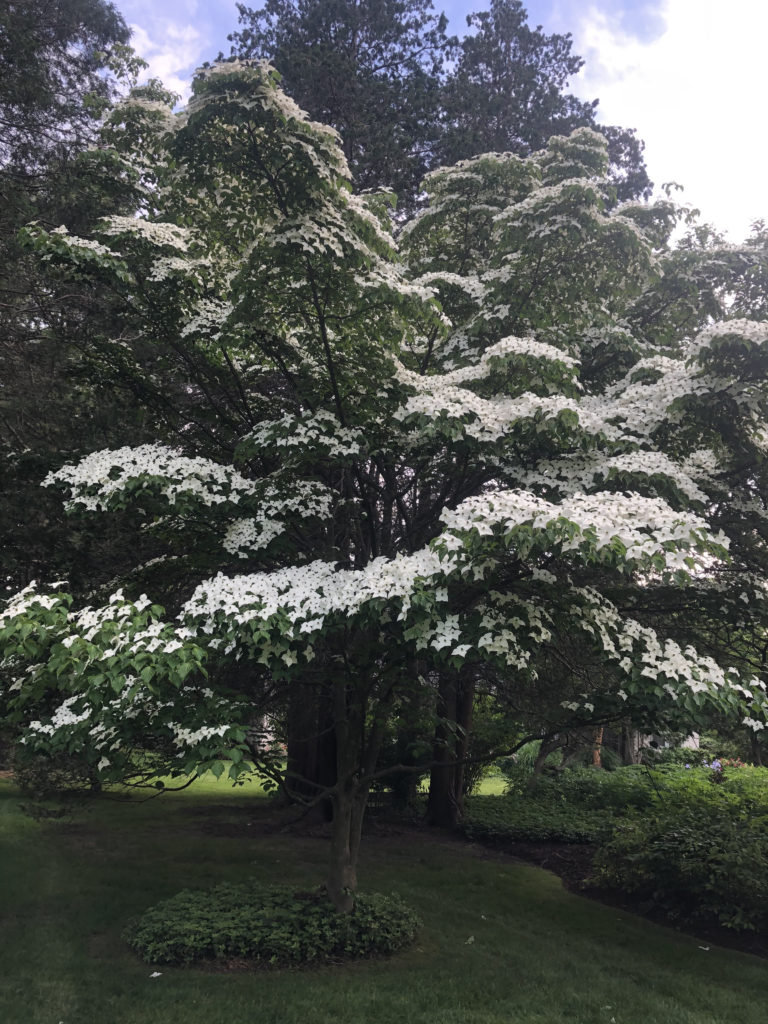
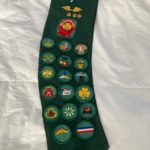
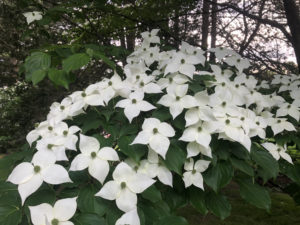
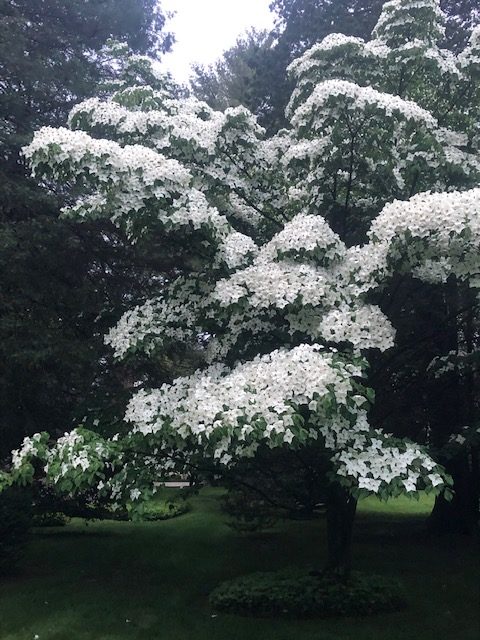
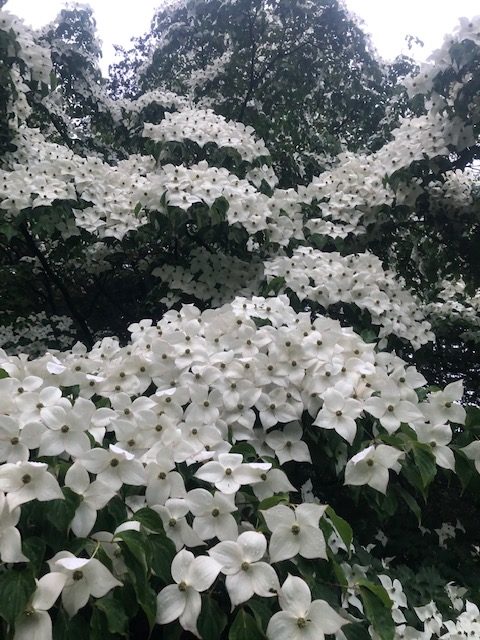 I hope this dogwood tree captures your heart as it did mine.
I hope this dogwood tree captures your heart as it did mine.